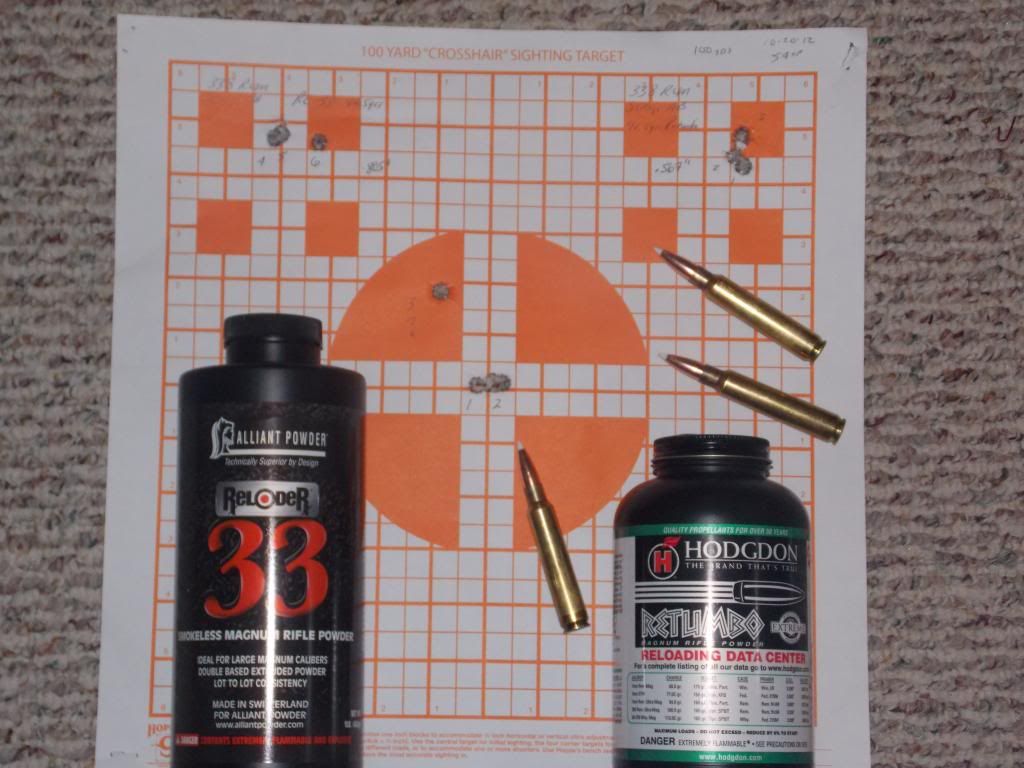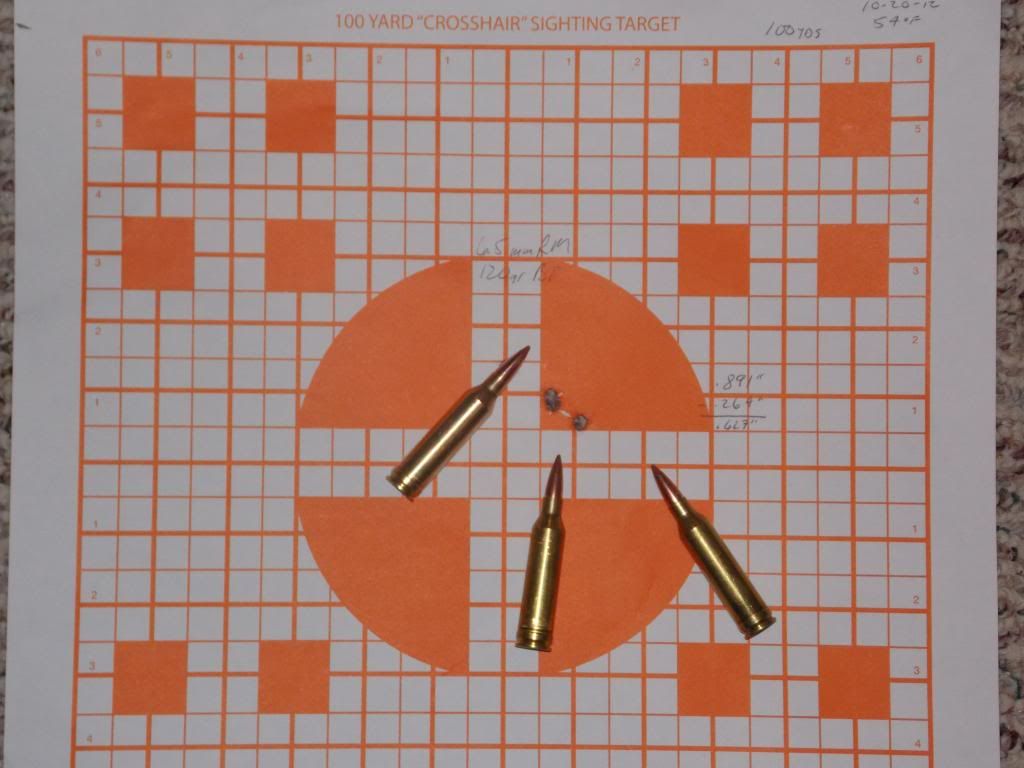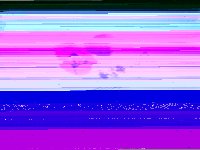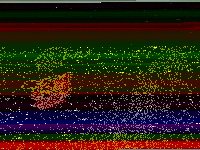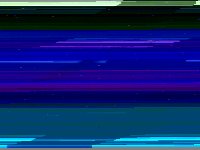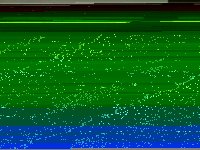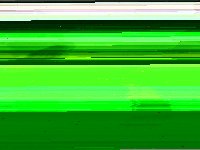wisconsinteacher
Handloader
- Dec 2, 2010
- 1,980
- 293
I know I need to improve at the reloading and shooting bench. I need to work on weighing brass, setting up my resizing dies (I need to get some of the Hornady or RCBS lock rings and install them so the dies are set up the same every time), getting more consistant at having the same contact pressure and placement when shooting, and finding the best time to take a rifle and really deep clean it to get the best accuracy from it. Any tips to help me out? One thing I am going to add to my shooting system is a chronograph. I will have one by next season.

